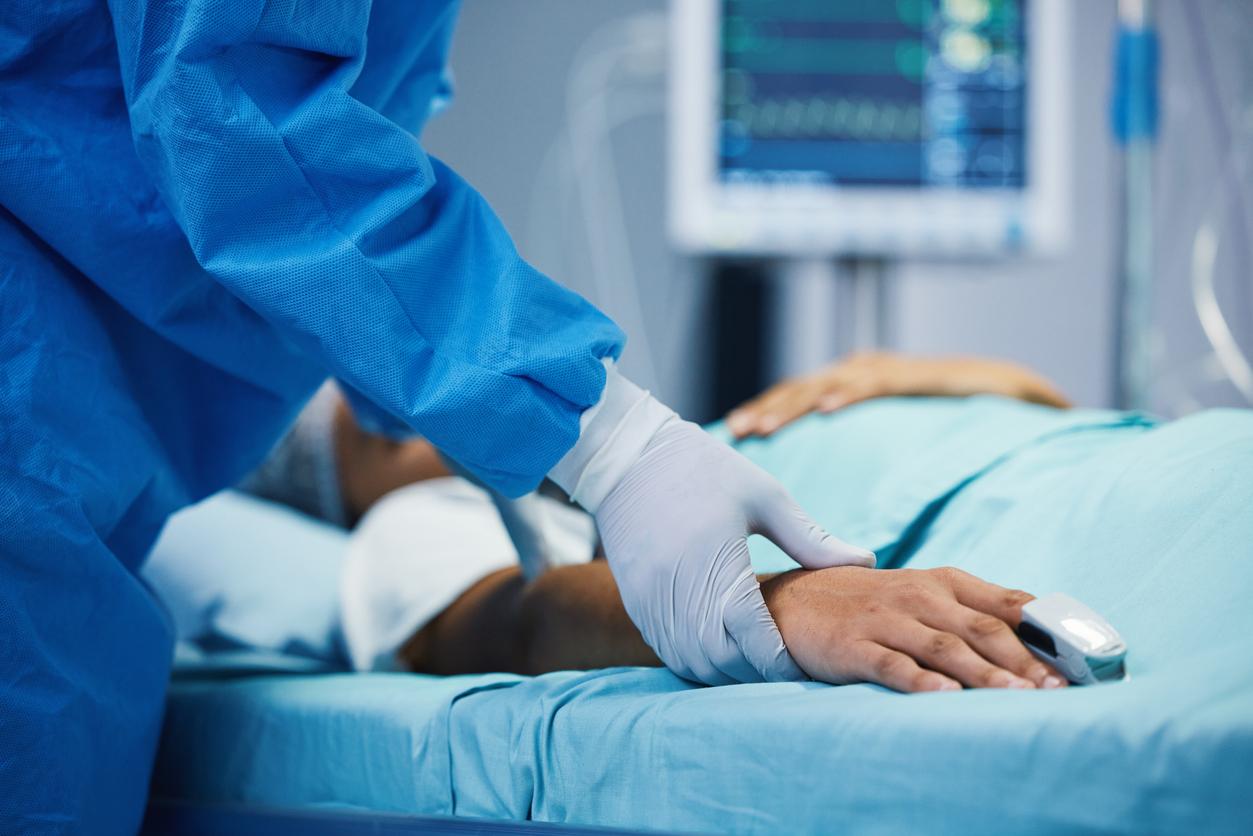Adverse effects are identified in more than a third of patients admitted to a healthcare establishment for an operation, with almost half of the events being classified as major and most potentially preventable.

- Of 1,009 hospital admissions examined, adverse events were identified in 383 cases, including 160 major cases.
- Of the 593 complications discovered, 353 were potentially preventable and 123 were definitely or probably preventable.
- The most common adverse events were mainly associated with surgical procedures.
People who undergo surgery still have high rates of complications and medical errors. This was recently revealed by a study, the results of which were published in the journal The British Medical Journal (BMJ). To reach this conclusion, French and American researchers estimated the frequency, severity and preventability of adverse events associated with perioperative care (from the period before surgery until full recovery), and describe the context and the professions concerned.
“Major” adverse events in 16% of operated patients
As part of the work, they randomly selected 1,009 people aged 18 and older admitted to 11 Massachusetts hospitals for surgery in 2018, from a random sample of 64,121 adults. Nurses reviewed patient records and flagged admissions with possible adverse events, which were then adjudicated by physicians. Then, these were classified as “major” if they resulted in serious harm requiring significant intervention or prolonged recovery, if they involved a life-threatening event, or if they resulted in a fatal outcome.
Among the 1,009 volunteers examined, adverse effects were identified in 383 patients, or 38%, including 160 major cases (16%). According to the results, of the 593 adverse events identified, 353 (60%) were potentially preventable and 123 (21%) were definitely or probably preventable. The most common complications were related to surgical procedures (49.3%), followed by adverse drug events (26.6%), healthcare-associated infections (12.4%), patient care-related events, such as a fall or pressure sore (11.2%) and reactions to blood transfusions (0.5%).
Perioperative care: a “critical need for continued improvement in patient safety”
The authors found that half of these events occurred in general care units (48%), followed by operating theaters (26%), intensive care units (13%), recovery rooms (3, 3%), emergency departments (1.8%), and other hospital settings (7.0%). The professions most commonly involved were attending physicians (90%), nurses (59%), residents (50%), and advanced practitioners (29%).
“These findings highlight the critical need for continued improvement in patient safety, involving all hospital healthcare professionals, not just surgeons, throughout perioperative care,” concluded the team.


















